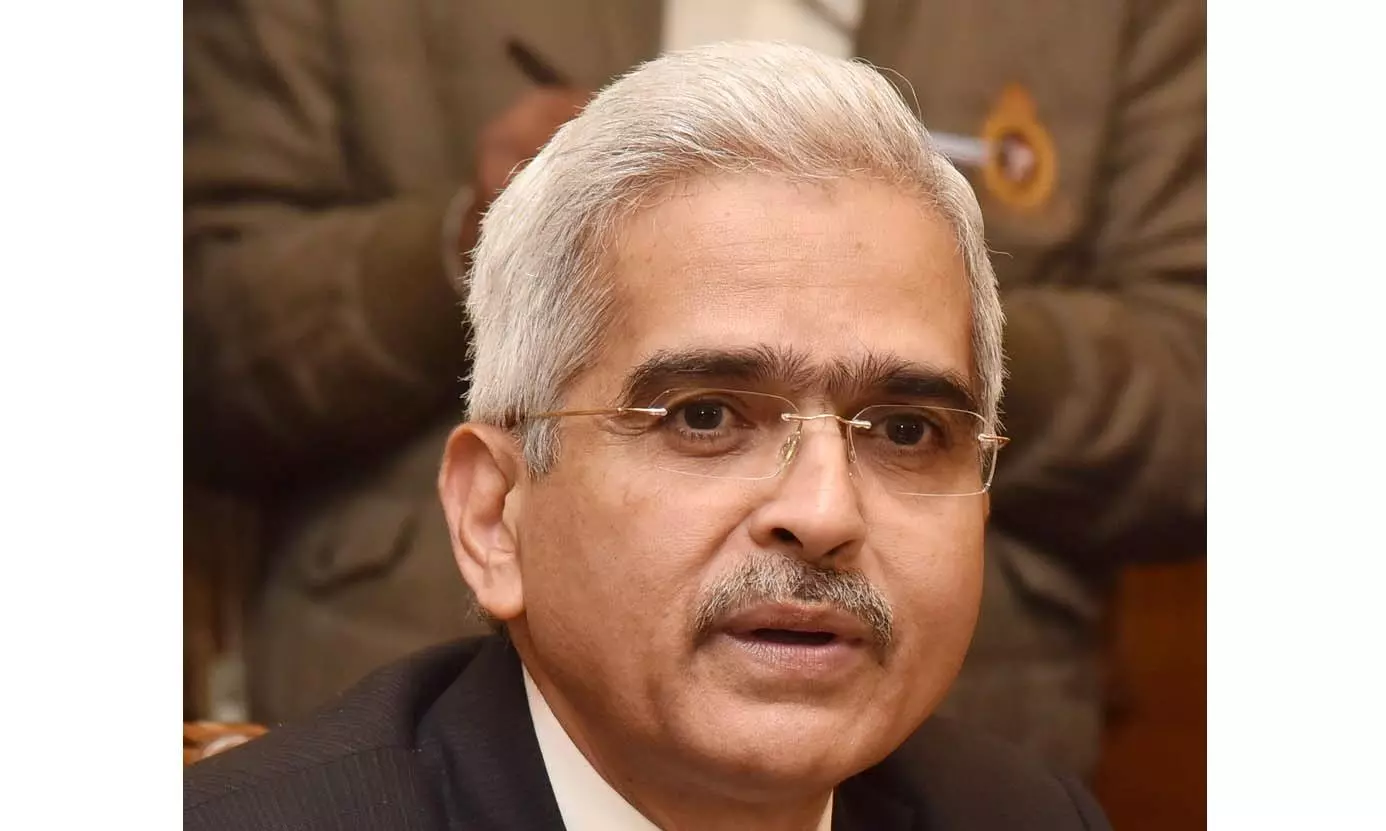A quarter of adults living with diabetes globally are in India (212 million of the 828 million) according to a Lancet report, published on World Diabetes Day. Based on data till 2022, the other nations with the most diabetics are China (148 million), US (42 million), Pakistan (36 million), Indonesia (25 million) and Brazil (22 million).
The study, conducted by the NCD Risk Factor Collaboration (NCD-RisC) in collaboration with WHO, is the first global analysis of trends in both diabetes rates and treatment. Researchers used data from over 140 million 18-plus people available in more than 1,000 studies. They used the two most commonly used diagnostic criteria — a fasting plasma glucose (FPG) level of 7.0 mmol/L or 126 mg/dL and HbA1c (average blood sugar count of three months) count of 6.5 percent or higher.
WHY THE INDIA FIGURES SEEM TO BE HIGHER
Dr R M Anjana, president of the Madras Diabetes Research Foundation and one of the authors of the Lancet study, points out how using the HbA1c blood test and fasting glucose rate as calculation benchmarks could have increased the prevalence numbers. “We had chosen the gold standard Oral Glucose Tolerance Test (OGTT), which can even indicate prediabetes, in our earlier ICMR-INDIAB paper last year. In this paper, with HbA1c and fasting glucose as deciders, the number of people with diabetes went up. It is also important to note that the HbA1c can be influenced by several factors like anaemia, blood disorders and certain drugs. Hence it is not an entirely reliable marker for diagnosis of diabetes,” she explains. Top diabetologist Dr C S Yajnik says his paper in 2012 had highlighted how anaemia and iron deficiency elevated HbA1c levels, leading to potential misdiagnosis of diabetes/pre-diabetes in people who have normal glucose tolerance but are anaemic. “Hence glucose measurements are preferred in countries where anaemia and iron deficiency are prevalent,” he says.
Accordingly, without the inclusion of HbA1c, the prevalence of diabetes in India in 2022 was 14.4 per cent (69 million) among women and 12.2 per cent for men (62 million) — 131 million in total — in the ICMR-INDIAB study.
WHAT ARE RISK FACTORS?
Obesity and poor diets are risk factors globally. “India needs ambitious policies in lower-income regions on restricting unhealthy foods, making healthy foods affordable and even free in school meals, promoting safe places for walking and exercising, including free entrance to public parks and fitness centres,” says Dr Anjana.
LACK OF TREATMENT
Worldwide three out of five 30-plus people (59 per cent or 445 million) did not receive medication for diabetes in 2022, three-and-a-half times the number in 1990 (129 million). In 2022, almost 64 million men and 69 million women with untreated diabetes lived in India. “This is especially concerning as people with diabetes tend to be younger in low-income countries and, in the absence of effective treatment, are at risk of life-long complications – including amputation, heart disease, kidney damage or vision loss – or in some cases, premature death,” says senior author Professor Majid Ezzati of Imperial College London.















.png&c=0&w=700)












































